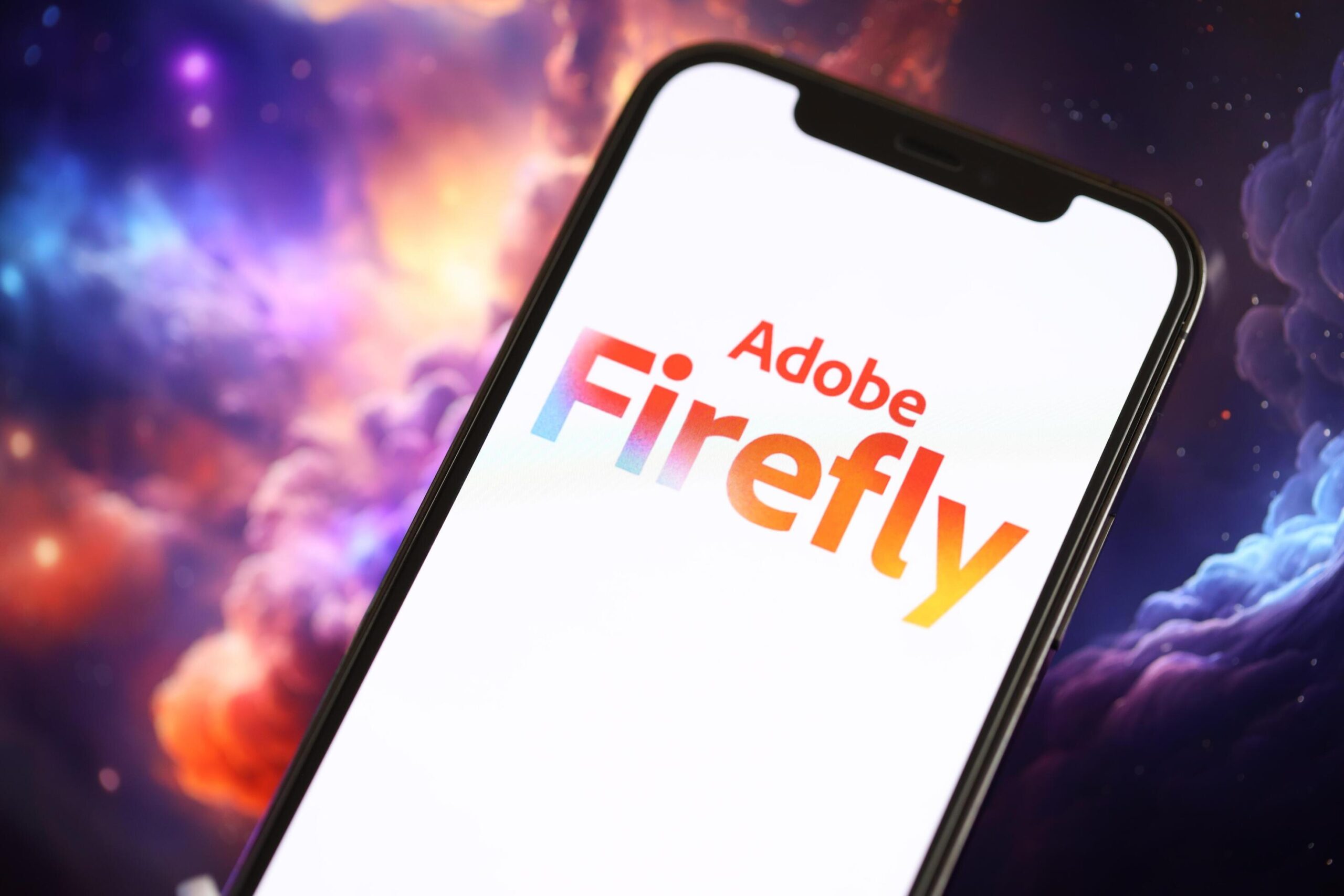
Adobe has unveiled a groundbreaking enhancement to its Firefly platform, introducing an AI-powered video-generation capability. This new feature allows users to create video content from either text prompts or existing images. As of now, the Firefly Video Model is available in public beta, offering a glimpse into the future of content creation. With this innovation, Adobe aims to empower creators by expanding the possibilities of digital media production.
The Firefly Video Model is capable of producing up to five seconds of 1080p video. Users can input text prompts of up to 1,000 words, or use their own images as references for creating AI-generated videos. Additionally, Firefly boasts an impressive language translation feature, enabling it to translate spoken words from video or audio files into more than 20 languages. These capabilities present a versatile tool for content creators seeking to enhance their storytelling with AI.
Subscription Plans for Firefly Users
Adobe offers two subscription plans for Firefly users. The Pro plan, priced at $29.99 per month, provides up to 70 five-second video generations and includes 7,000 AI credits. Meanwhile, the Standard plan costs $9.99 per month, granting users 2,000 AI credits and up to 20 five-second 1080p video generations. Both plans are designed to cater to different levels of usage and budget considerations, allowing a wide range of creators to access Firefly’s innovative tools.
Firefly is built on a foundation of ethical AI principles, with Adobe documenting a set of guidelines that govern its development and application. Transparency is also a key component; all Firefly-generated content will include Content Credential metadata. This feature ensures that audiences are informed about the AI origin of the content, maintaining trust and integrity in digital media.
In addition to the video-generation capabilities, Adobe has announced that Firefly will include tools for image generation, vector generation, 3D image editing, and audio and video translation. These enhancements align with Adobe’s broader vision of integrating AI-driven functionalities across its Creative Cloud applications. Already, several Firefly-powered tools have been announced or implemented in popular software like Photoshop and Premiere Pro.
While Adobe’s Firefly marks a significant advancement in generative AI technology, it is noteworthy that Google’s Veo generative video AI remains unavailable. However, Google has indicated that its solution will eventually support 4K content for durations exceeding two minutes, hinting at an exciting future for video AI capabilities.
What The Author Thinks
Adobe’s launch of the Firefly Video Model represents a major leap forward in the integration of AI into content creation. By enabling creators to generate video from text prompts and images, Adobe is expanding the boundaries of digital storytelling and democratizing access to high-quality video production tools. The emphasis on ethical AI and transparency, such as the inclusion of Content Credential metadata, is also a welcome development in ensuring that the rise of generative AI respects both trust and integrity in media. While Adobe’s offering stands out, the future of video AI will undoubtedly see fierce competition, particularly with Google’s plans for a more advanced solution. However, as it stands, Adobe Firefly could redefine how creators approach video production and content generation.
Featured image credit: Mykhailo Polenok via Vecteezy
Follow us for more breaking news on DMR
